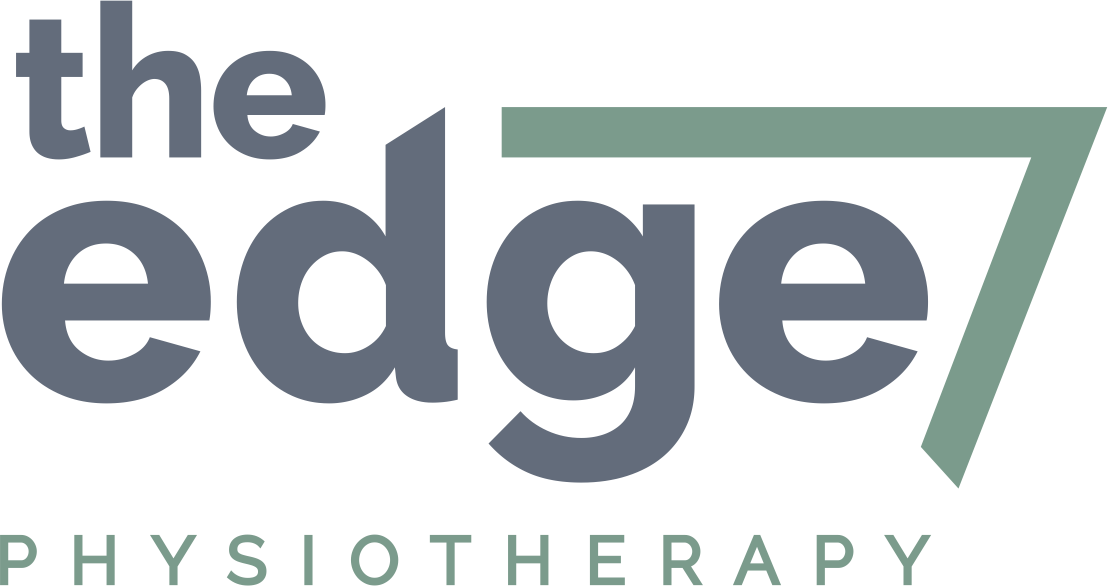Core…if it ain’t broke, don’t fix it
When I hear the word “core” I automatically think of The Beastie Boys “Intergalactic” song, “you’ve got guile” (but it sounded like “core” to me). This is where my thought processes start, with popular culture, but then again I was on the tail end of the X generation, older siblings. Technically I’m Generation Y but with the music tastes of generation X. But I digress. Core stability, I guess I was aware of this before I became a physio, and from memory, I remember thinking it was something to do with being strong in the stomach, so obviously your abdominals. By doing sit ups I would tick that box. But surprise surprise, I was only getting a fraction of the story.
Years ago when I was studying physiotherapy at Sydney University, we had a guest lecturer who did his PHD on this topic, and he developed a tool for assessing core stability. If you know anything about physios it’s that we use high quality objective measures as a means of standardising our treatment. Hence, anytime I talk about core I use his methods because they make sense to me.
What is core?
Think of your core as an anchor for your limbs and trunk, it gives you that counterpoint of stability to make other movements more efficient. Found in any thorough rehabilitation and conditioning program, it has it’s benefits.
What muscles make up the core?
Think of your core a cube at your centre and muscles make up each side of the cube. These include the Diaphragm at the top, Rectus Abdominus at the front, Obliques at the side, Multifidus at the back, Pelvic floor on the bottom and Transverse Abdominus (TrA) as the light switch for all of them.
Each side of the cube represents one of the core muscles
How do I assess it?
As a therapist I use objective assessment measures to see if someone’s TrA can activate in the first instance. To know the ins and outs book in with a physiotherapist to see how this works. Why do I care about TrA? Well, studies have shown (and I mean proper studies with electrodes, muscle biopsies etc ect) that if I can achieve good TrA activation it works to turn on the rest of the muscles that make up the core. On the flip side, if I only work my abdominals, this won’t activate the rest of the core. Sounds good huh? In addition, I also look at the patient’s breathing mechanics, are they bracing and holding their breath when they move?; their ability to move in different planes for a variety of tasks depending on their goals eg. a ballerina has different requirements for movement than say a swimmer; pelvic and lumbar control within different planes and adaptive movement patterns such as an anterior pelvic tilt with excessive hip extension loading in hip conditions.
I know, it’s all a lot to consider, but the great thing is that you can trust the therapist to consider all these aspects of your movement and core control.
What is considered ideal for core activation?
Here’s the great thing, once my core turns on then by default any exercise I do is considered a core exercise eg. I lift my leg, my core turns on. Which is great because by learning good core activation, endurance and strength then I can integrate this into any exercise regime and tick that core stability box.
When can we encounter problems with our core?
The research carried out is more prolific in low back pain patients because it’s a condition that has a large amount of research, but there is plenty out there in the sports physiotherapy literature around managing recurring injuries like hamstrings injuries, ACL rehabilitation, groin injuries, in patients with low muscle tone and hypermobility, pelvic pain and continence issues. But just considering low back pain, what we found is that in many cases a patients’ core will turn on for example when they bend over, but it occurs a little too late. What we train is good early phase core activation to protect against injury.
Is it essential to have core work as part of your treatment?
It depends on whether you are deficient in this area, a useful phrase is “if it ain’t broke, don’t fix it”, and having a proper assessment is important, because who wants to spend time on things that aren’t necessary.
The take home message here is that yes core activation is important and yes we still use it as a means of therapy and a tool in preventative healthcare but we have also evolved our thinking in this field.
Reach out if you’re interested in this topic via our social media platforms.
Sam and Andy


